- I have a dataset that contains four different countries and measures child labor and other characteristics. I have one dataset that already contains rounds 2, 3, and 4 (OC234) merged together (thanks to my teacher). However, I would also like to include rounds 1 and 6 in my analysis. All of the data contain the child's ID (childid) which would be the ideal way to join them. One of the issues I am facing is that for round 1, the data for each country is in a separate dataset, and they do not all contain the same number of variables. I have tried to merge the datasets together but I have been unsuccessful. Can anyone offer any advice? Just for reference, the data with rounds 2, 3, and 4 looks like this:

I tried using functions like merge, rbind, or cbind, but i am not getting it in a way that shows rounds 1, 2, 3, and 4 consecutively as shown in the screenshot, which is my goal.